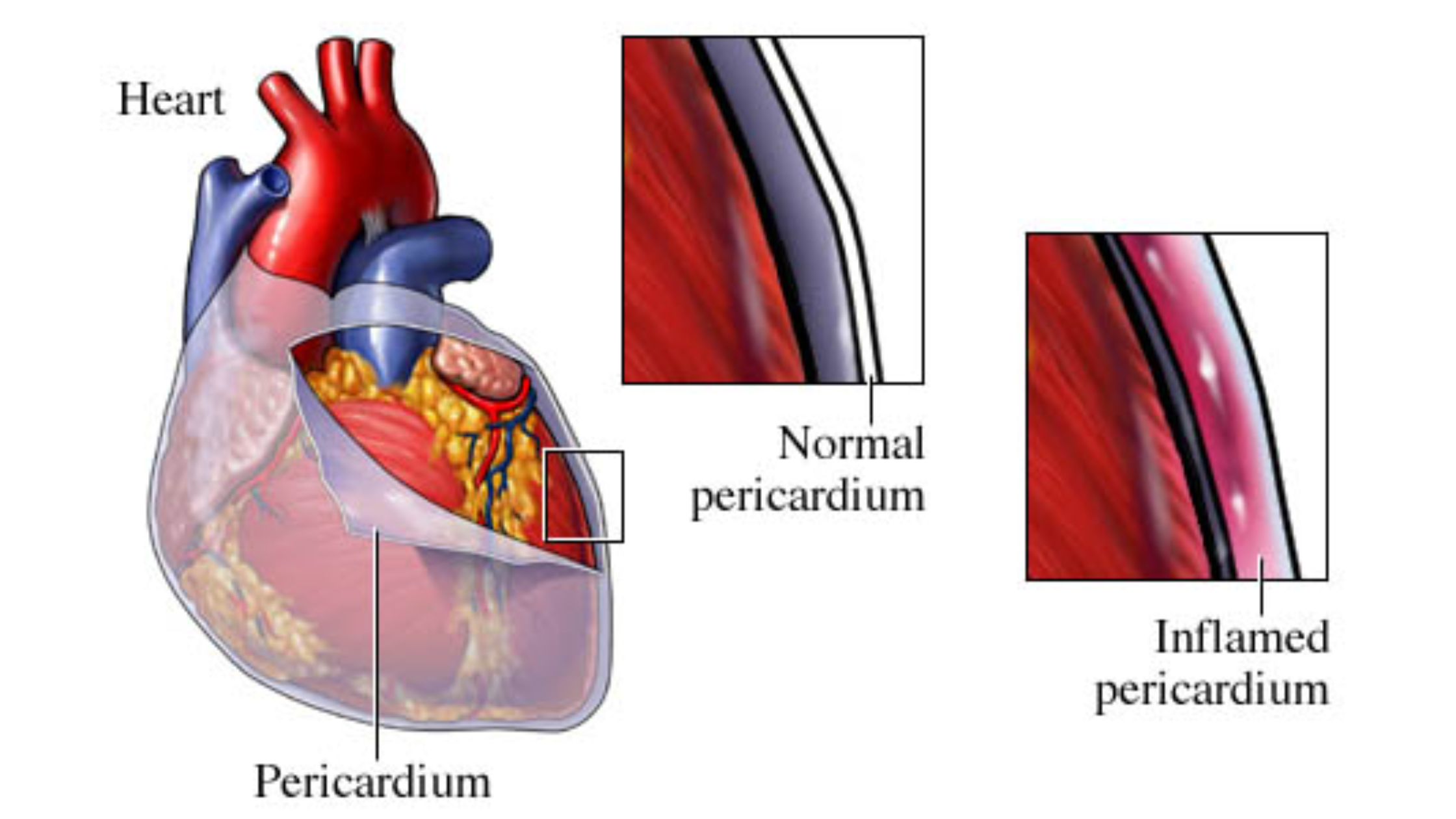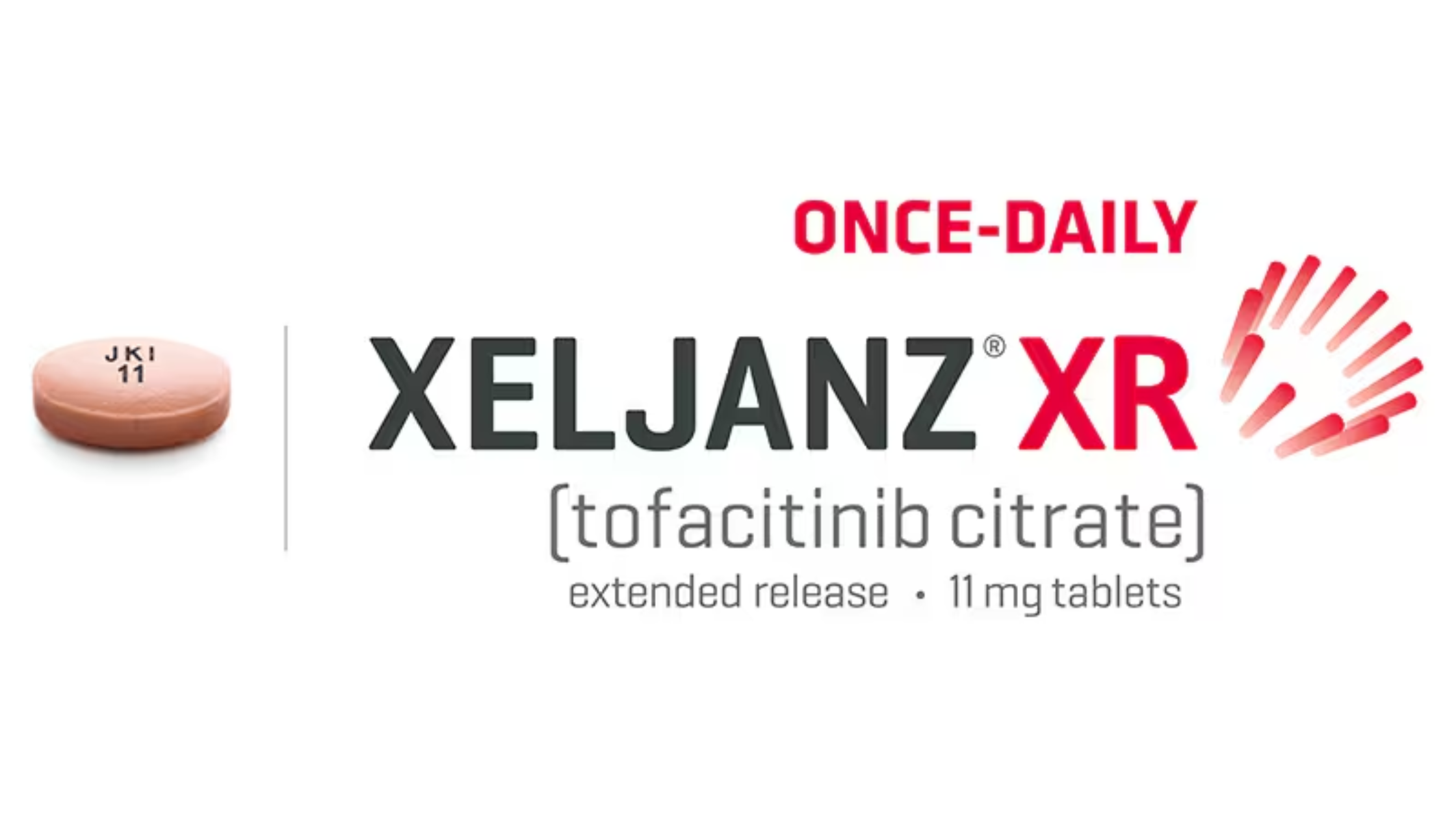Lower lung chest pain can be an alarming symptom, prompting concerns about underlying health issues. This blog post will explore the causes, symptoms, and treatments of lower lung chest pain, providing a comprehensive guide to understanding and managing this condition effectively. If you’ve ever experienced discomfort or sharp pain in your lower lung area, this guide is here to help.
What is Lower Lung Chest Pain?
Lower lung chest pain refers to discomfort or pain experienced in the lower regions of the chest, where the lungs are located. This pain can vary from mild to severe and can be acute or chronic. It is essential to differentiate this pain from other types of chest pain, such as cardiac pain(angina), to ensure appropriate treatment.
Common Causes of Lower Lung Chest Pain
Respiratory Infections
- Pneumonia: An infection that inflames the air sacs in one or both lungs, causing pain, fever, and difficulty breathing.
- Bronchitis: Inflammation of the bronchial tubes can lead to persistent cough and chest pain.
Pulmonary Embolism
- A blood clot in the lung arteries can cause sudden, sharp chest pain, shortness of breath, and coughing.
Pleurisy
- Inflammation of the pleura, the tissue surrounding the lungs, often leads to sharp pain during breathing or coughing.
Pulmonary Hypertension
- High blood pressure in the arteries of the lungs can result in chest pain, especially during physical activity.
Lung Conditions
- Chronic Obstructive Pulmonary Disease (COPD): This includes conditions like emphysema and chronic bronchitis, which cause breathing difficulties and chest pain.
- Asthma: Inflammation and narrowing of the airways can cause chest tightness and pain.
Musculoskeletal Issues
- Rib Injuries: Fractures or bruises can cause significant chest pain, particularly when moving or breathing deeply.
- Costochondritis: Inflammation of the cartilage connecting the ribs to the breastbone can lead to sharp chest pain.
Symptoms of Lower Lung Chest Pain
- Sharp or Stabbing Pain: Often worsens with breathing or coughing.
- Dull, Aching Pain: May be constant or intermittent.
- Shortness of Breath: Difficulty in breathing or feeling out of breath.
- Coughing: With or without sputum.
- Fever: Common with infections like pneumonia.
- Fatigue: General feeling of tiredness or weakness.
How to Diagnosing Lower Lung Chest Pain
Accurate diagnosis is crucial for effective treatment. Here are some common diagnostic methods:
Medical History and Physical Examination
- Doctors will inquire about the onset, duration, and nature of the pain and conduct a thorough physical examination.
Imaging Tests
- Chest X-ray: Helps identify infections, lung conditions, or rib injuries.
- CT Scan: Provides detailed images of the lungs and chest structures.
- MRI: Used for more detailed imaging in complex cases.
Blood Tests
- To check for infections or markers of inflammation and blood clots.
Pulmonary Function Tests
- Assess lung function and help diagnose conditions like asthma and COPD.
Electrocardiogram (ECG)
- To rule out cardiac causes of chest pain.
Treatment Options for Lower Lung Chest Pain
Medications
- Antibiotics: For bacterial infections like pneumonia and bronchitis.
- Pain Relievers: Over-the-counter or prescription medications to alleviate pain.
- Anti-inflammatory Drugs: To reduce inflammation in conditions like pleurisy and costochondritis.
- Anticoagulants: For pulmonary embolism to prevent further clotting.
Breathing Exercises and Physical Therapy
- Techniques to improve lung function and reduce pain in conditions like COPD and asthma.
Lifestyle Changes
- Quit Smoking: Essential for lung health and to prevent conditions like COPD and lung cancer.
- Healthy Diet: Supports overall health and immunity.
- Regular Exercise: Improves cardiovascular and respiratory health.
Surgical Interventions
- In severe cases of lung disease or injury, surgery may be required to remove damaged tissue or repair structures.
When Should You Seek Immediate Medical Attention?
Lower lung chest pain can sometimes indicate a medical emergency. Seek immediate medical attention if you experience:
- Sudden, Severe Chest Pain
- Difficulty Breathing
- Chest Pain Accompanied by Dizziness, Fainting, or Excessive Sweating
- Coughing up Blood
Preventive Measures
Vaccinations
- Get vaccinated against pneumonia and influenza to reduce the risk of respiratory infections.
Avoid Exposure to Pollutants
- Limit exposure to cigarette smoke, industrial pollutants, and other lung irritants.
Regular Health Check-ups
- Routine check-ups can help detect and manage underlying health conditions early.
Home Remedies and Alternative Treatments
Rest and Hydration
- Ensure adequate rest and fluid intake, especially during respiratory infections.
Steam Inhalation
- Helps relieve congestion and ease breathing.
Herbal Remedies
- Some herbs like ginger, turmeric, and eucalyptus have anti-inflammatory properties that may help alleviate symptoms.
Yoga and Meditation
- Techniques to manage stress and improve lung capacity through controlled breathing exercises.
Role of Antidotes in Treatment
In some cases, the concept of an antidote comes into play, especially in scenarios involving poisoning or overdose. For instance, if chest pain is caused by toxic substances, specific antidotes may be used to neutralize the toxins and alleviate symptoms. This is a critical aspect of emergency medicine and highlights the importance of timely and accurate diagnosis.
A Quick Recap
Lower lung chest pain can stem from various causes, ranging from infections to musculoskeletal issues. Understanding the potential reasons, symptoms, and treatments can help you manage this condition effectively. If you experience persistent or severe chest pain, it is crucial to seek medical attention promptly to determine the underlying cause and receive appropriate treatment. By adopting preventive measures and maintaining a healthy lifestyle, you can reduce the risk of conditions that lead to lower lung chest pain and ensure better overall respiratory health.
Stay informed, stay healthy, and don’t hesitate to consult healthcare professionals when in doubt. Your lungs are vital to your well-being, and taking care of them should always be a priority.



